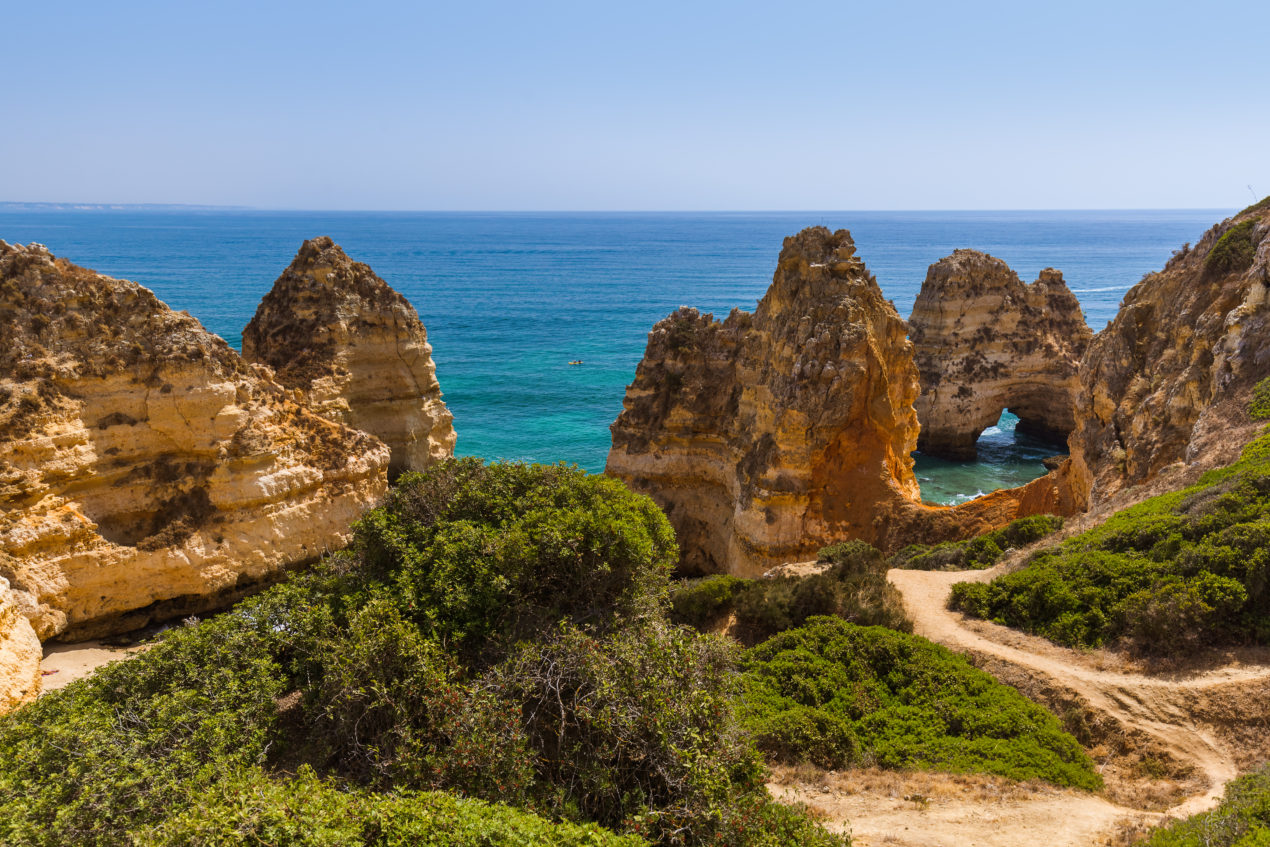Portugal: My Best Tips for an Artsy Trip
Artsy Traveler contains affiliate links for products and services I personally use and can happily recommend. As an Amazon Associate, I earn from qualifying purchases. Please read the Disclosure for more information. If you make a purchase through these links, at no additional cost to you, Artsy Traveler earns a small commission. Thank you!
Travel to Portugal to experience a European country that has retained much of its Old World charm in an increasingly homogeneous world.
In many parts of Portugal, you’ll still feel as if you’ve stepped back in time.
In this post, I offer my best tips for touring this scenic and friendly country.
Portugal Highlights at a Glance
- Consider driving in Portugal–it’s a breeze (except in Lisbon)
- Attend a Fado concert and have your heartstrings pulled
- Tour the megalithic sites in the Alentejo
- Visit the Gulbenkian in Lisbon
- Visit Porto, drink port wine, and stay in a place overlooking the river
Portugal vs. Spain
Portugal is not at all like Spain, which the Portuguese appreciate your remembering. Speaking Spanish in Portugal and expecting to be understood will not make you any friends. You’re far better to speak English.
Perhaps the key to differentiating Portugal from its brasher and bigger next-door neighbor is to compare their two signature music styles.
Fado music with its soulful, heartbreaking, yearning harmonies captures the essence of Portugal just as the relentless, in-your-face rhythms of flamenco is Spanish to the core.
Although small compared to Spain, Portugal packs a solid artsy punch. Spend a few weeks in Portugal exploring all it has to offer—and you’ll come away with plenty of reasons to return.
Portugal and the World
As a result of the Age of Discovery, Portugal has had an outsized effect on the planet. Over 260 million people worldwide speak Portuguese.
Find time for a trip to Portugal to experience friendly people and a unique culture, a fascinating history that includes ancient megaliths, Roman ruins, and world explorers, and a stunningly varied landscape.
Because of Portugal’s remoteness from the rest of Europe, fly there directly, then rent a car. We’ve driven to Portugal from France a few times and it’s a long way!
Introducing Portugal
A Bit of History
You may be surprised to learn that Portugal has its share of megaliths similar to those in Carnac in France and in other countries bordering the Atlantic.
And did you know that the Romans conquered Portugal (although it took several decades) and that many of Portugal’s cities and towns trace their roots to Roman founders?
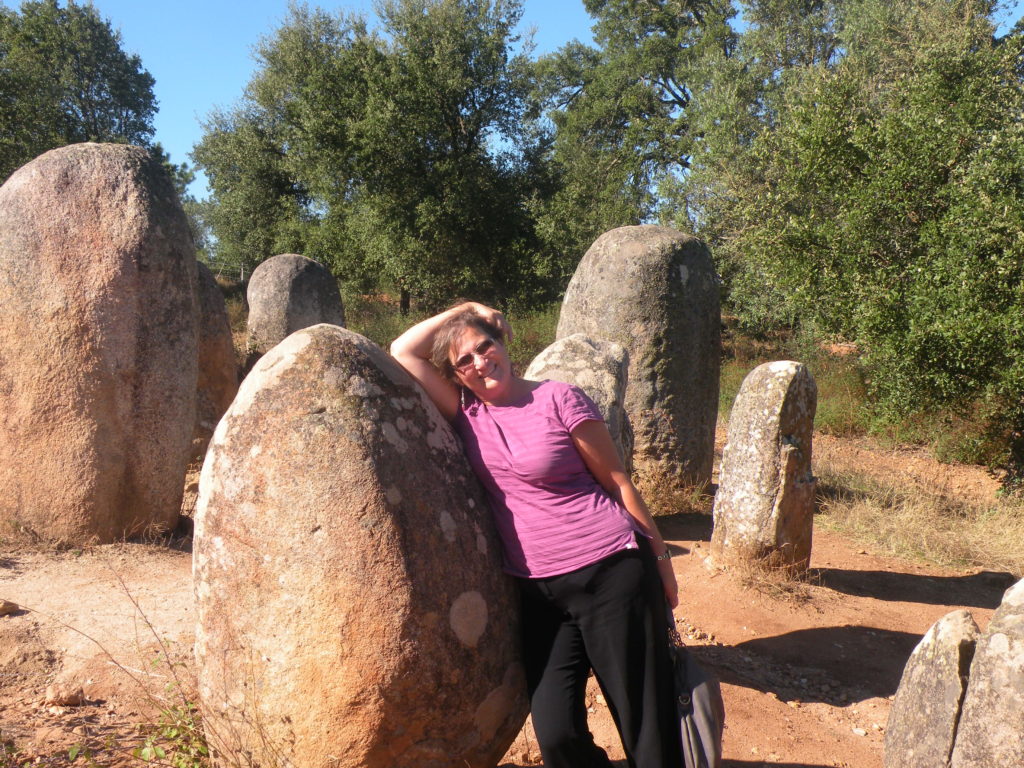
During the Age of Exploration spanning the 15th to 17th centuries, Portugal sent scores of ships across the Atlantic to colonize huge swathes of the New World, most notably Brazil.
In modern times, the Carnation Revolution of 1974 led to the peaceful overthrow of fascism. The revolution is commemorated as a national holiday—Dia da Liberdade—on April 25.
Portugal is an extremely popular tourist destination—so much so that you’ll need to plan strategically to avoid crowds, particularly in Lisbon and in the Algarve.
Fortunately, there’s more to Portugal than big cities and sunny beaches. You’ll discover plenty of off-the-beaten-track, artsy sightseeing to keep you busy. Pop into Lisbon by all means, but make time in your itinerary for as much of Portugal as possible.
Planning to Travel in Portugal
Portugal extends from the Atlantic Ocean in the south to the Spanish border in the north and is bordered to the west by the Atlantic and to the east by Spain.
To drive from the Algarve in the south to Porto in the north takes about five hours—a distance of 554 kilometers over excellent and generally empty toll roads.
Choose Your Transportation
Even if you’ve been reluctant to drive in Europe because you’ve heard horror stories about traffic jams and impossibly tiny roads (and those stories are true!), consider driving in Portugal.
The toll freeways are lightly travelled, making getting from point to point exceptionally fast and easy. Even off the freeways, the traffic isn’t bad, with the notable exception of Lisbon.
I don’t recommend driving in Lisbon. Narrow streets, steep hills, lots of annoying tuk tuks, and speedy drivers make Lisbon a nightmare for drivers. Drop your car at the airport and take a taxi or a private transfer into Lisbon.
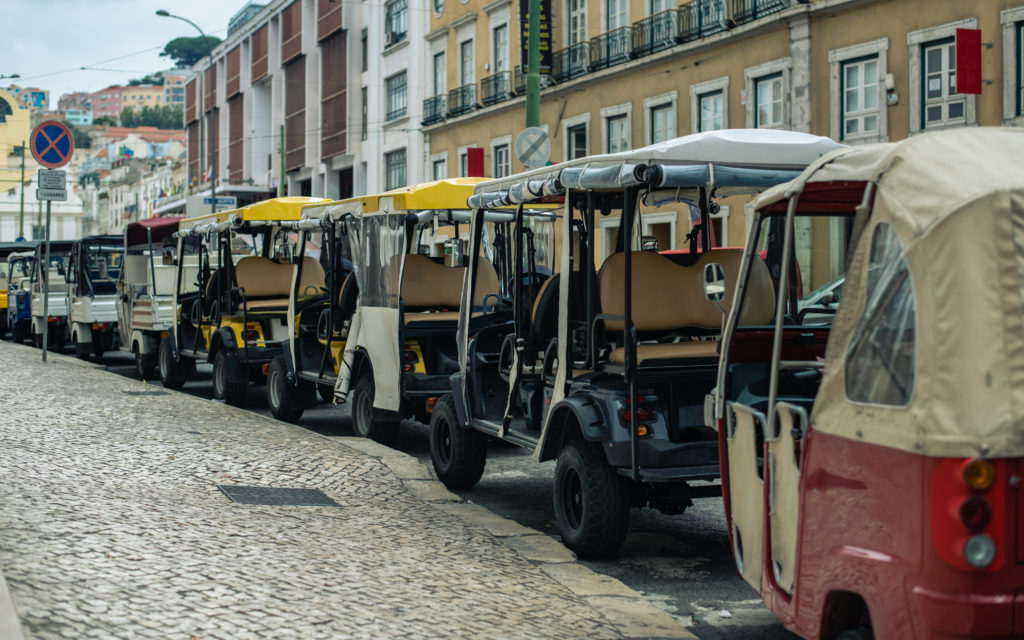
Public Transit
Getting to Portugal by train is challenging, as we discovered when we tried to get from Seville in Spain to Tavira in the Algarve. We ended up taking a bus across the border, then caught a train from Tavira to Lisbon.
Check the Omio and Trainline websites for rail schedules to see if traveling in Portugal by train makes sense for you.
Renting a Car
I suggest you fly to Lisbon, pick up your rental car at the airport, head out to explore Portugal, and then drop your car off at the airport. Grab a taxi into Lisbon and tour the city for a few days before flying home or to another part of Europe.
On our most recent trip to Europe, we picked up our car in Amsterdam and dropped it off in Lisbon after driving over 6,000 kilometers. Open-jaw car rentals are the best!
TIP: Don’t arrange to pick up your rental car in the center of the Lisbon. Take a taxi to the airport and pick up the car there.
Driving Tips
Driving in Portugal is delightful—beautiful scenery, excellent roads, and as mentioned, very little traffic. There have been times when driving in Portugal that we wondered if the apocalypse had started without our knowing. There were that few cars on the road!
You’ll pay tolls to travel on the highways and these tolls do add up. Always make sure to get a ticket at one of the drive-through booths before you enter a toll freeway. We missed the toll booth on one stretch of our trip and were obliged to pay for the entire length of the freeway rather than just the small portion we traveled on. Ouch!
The distances in Portugal are short compared to Spain. String together several small towns for a day of exploring or pick an area to home-base. The Algarve, the Alentejo, and Porto are all good choices.
Enjoying this post? Subscribe to Artsy Traveler to Receive Valuable Travel Tips and Your FREE Guide: 25 Must-Do Artsy Traveler Experiences in Europe for 2025
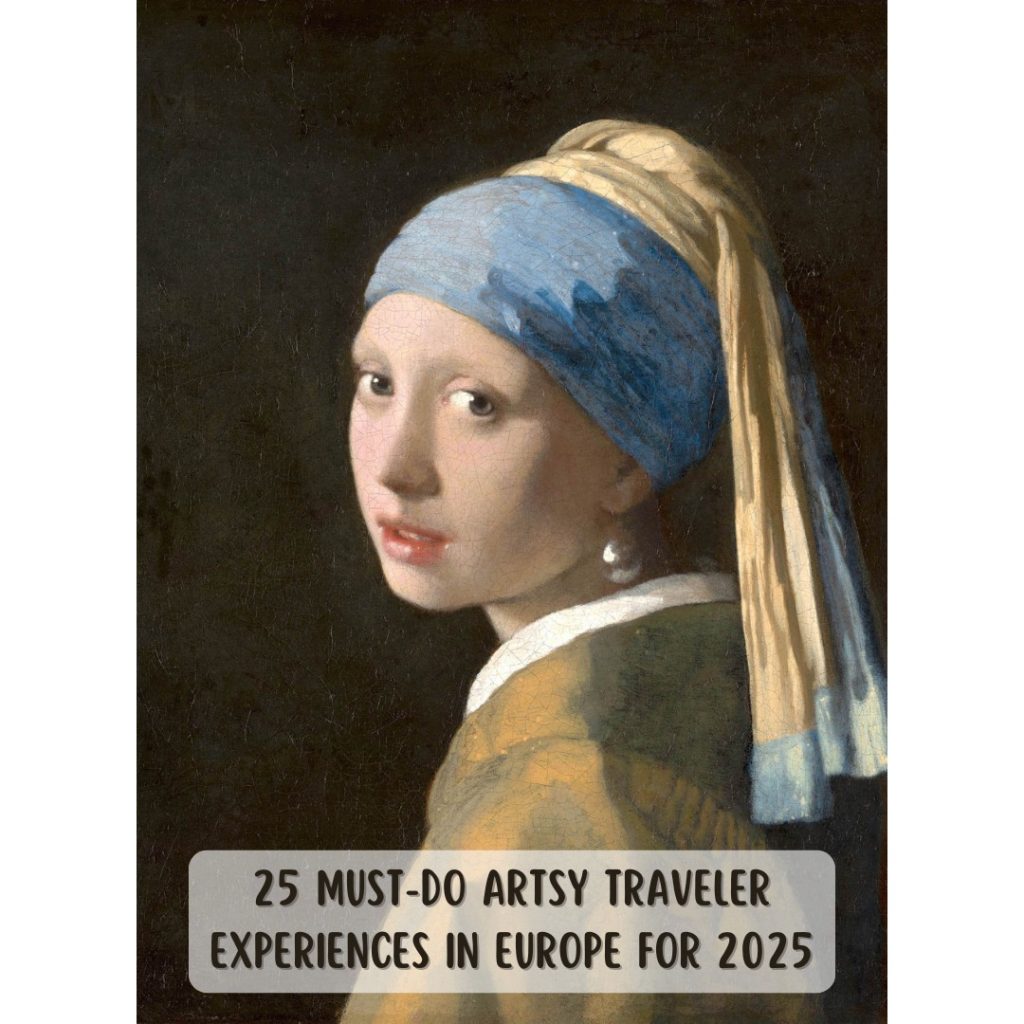
TIP: Be careful about driving into the center of a Portuguese town or city. You might find yourself lost in a maze of tiny back streets as we once did in Porto. Find a large, secure parking lot as close to your hotel or apartment as you can comfortably drive on main roads. Then walk to your place or hail a taxi.
Driving into Portugal
You cross the border into Portugal from Spain to the north and Spain to the east.
The drive from Seville to the southwest tip of the Algarve takes just a few hours. Other options are crossing the border about halfway down Portugal’s eastern border via Salamanca or driving south from Santiago de Compostela in northern Spain.
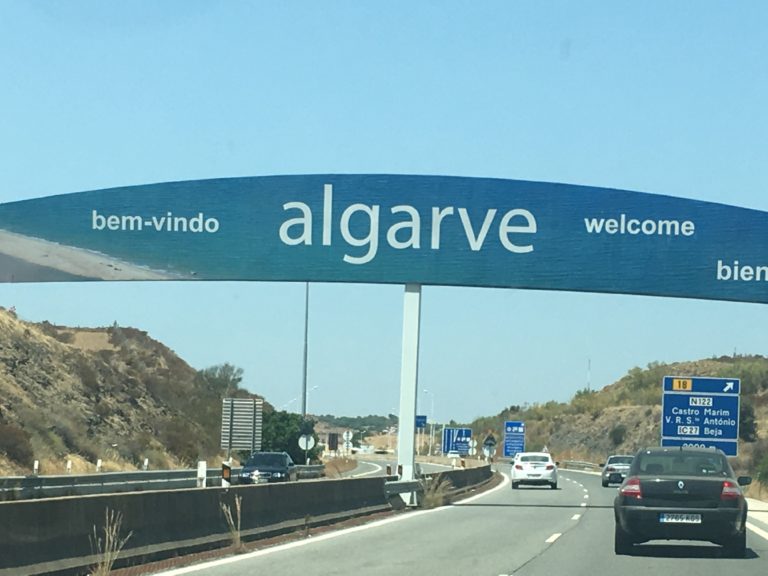
Check for Events and Exhibitions
Before you travel in Portugal, check online for exhibitions and performances. Also be on the lookout for local festivals.
In 2019, friends I was visiting in the beach town of Figueira da Foz in central Portugal told us about a fantastic exhibition of the work of M.C. Escher in Porto which was next on our itinerary. What luck!
In one of the rooms in the exhibition, you can see the effects of Escher’s trademark optical illusions.
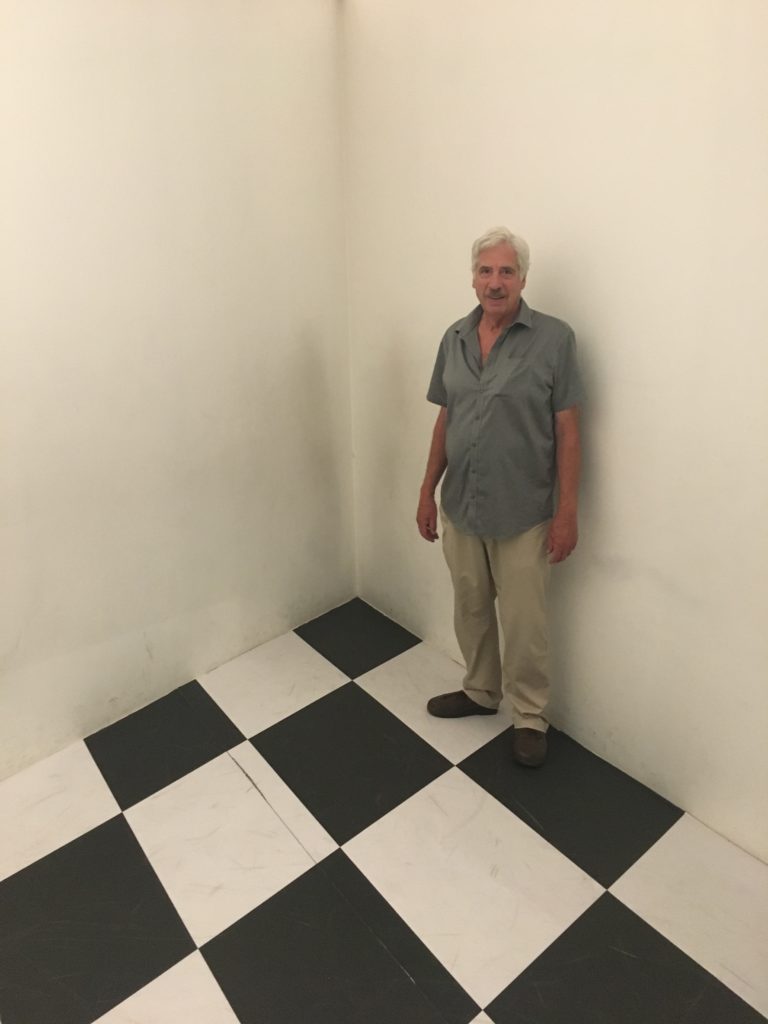
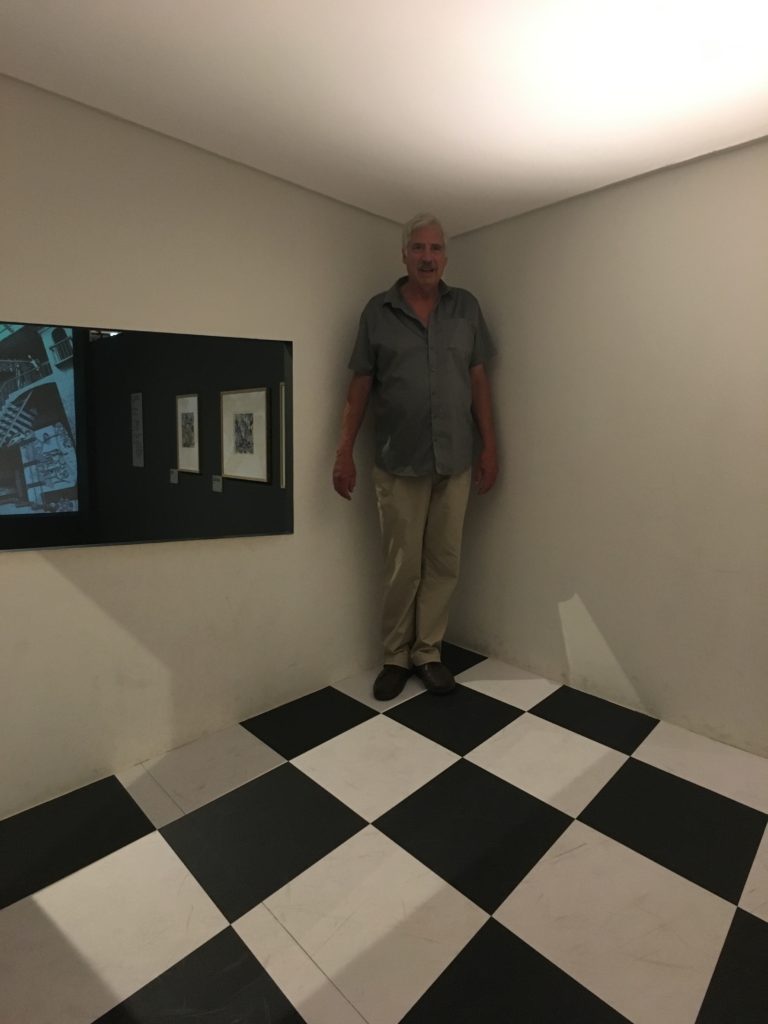
Ask at your hotel about local exhibitions. The same day we saw the Escher exhibition in Porto, we were strolling through central Porto after attending a fado concert when we spied a poster for a Picasso exhibition.
Although past 7 pm, the exhibition was still open so in we went to enjoy a wonderful half hour followed by a glass of port that was included in the ticket price.
Artsy Favorites in Portugal
Fado
Fado’s roots can be traced back to the 1820s, but likely extend far beyond that. It’s a form of song characterized by mournful lyrics and heart-bending harmonies soaked in melancholy.
The Portuguese word saudade captures the meaning of fado—a longing for what’s lost, a resignation to the cruelties of fate. Fado literally means fate.
I once heard fado described as Portuguese hurtin’ music and that pretty much sums it up.
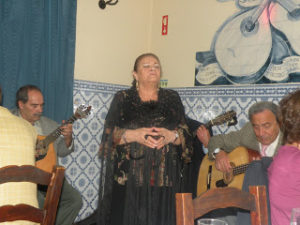
Fado is performed only by men in Coimbra and by either a male or a female singer in Lisbon and is accompanied by one or two guitarras (10- or 12-string guitars), one or two violas (6-string guitars), and sometimes also a viola baixo (a small 8-string bass viola).
Fado in Lisbon
Gregg and I adore fado and seek it out whenever we travel to Portugal. In Lisbon, you’ll find fado in restaurants in the Alfama and Bairro Alto districts.
You’ll hear the music spilling out as you walk by. Go in, order a meal, and prepare to be blown away.
Our favorite place that we return to on every visit to Lisbon is Restaurante Canto do Camões on Travessa da Espera in the Bairro Alto.
It’s small and intimate with a friendly owner, good food, and wonderful fado. The place doesn’t appear to have a website, but you’ll find reviews on TripAdvisor. On our last visit there, we had a great chat with one of the guitarists who had lived in Toronto, and bought his CD.
Fado and food service alternate. You’re served your food while the performers are resting and then you’re expected to be quiet during the performance.
A table of diners started talking and were promptly shushed by the owner—and rightly so!
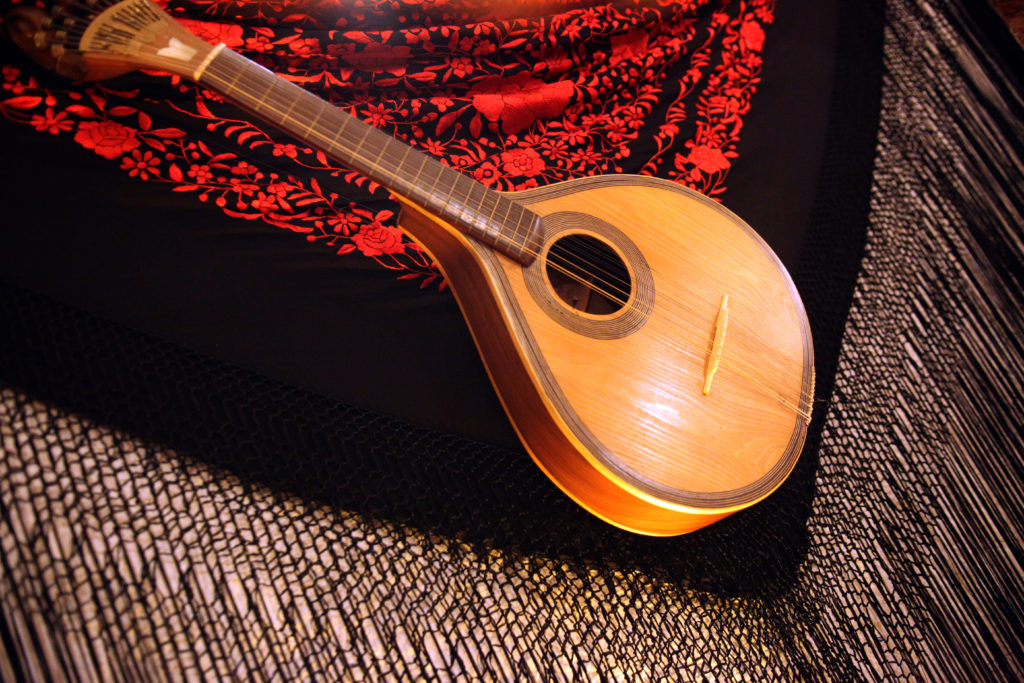
To learn more about fado, visit the Fado Museum in the Alfama district of Lisbon.
Here’s an option for a fado performance in Lisbon:
Fado in Coimbra
In Coimbra, fado is sung by men only, often groups of students. The experience is different from Lisbon but just as soulful.
When you’re in Coimbra, go to the Cultural House àCapella – Fado Center for the nightly show that starts at 9:30 pm. The center is housed in a 14th-century chapel and includes a bar and tapas service.
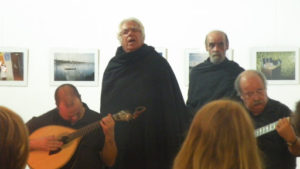
Here’s an option for seeing fado in Coimbra:
Fado in Porto
I also saw a wonderful performance in Porto where fado places are not as prevalent as in Lisbon and Coimbra.
The late afternoon performance at Casa da Guitarra featured a spectacular female singer and included a glass of port. Highly recommended!
Here’s an option to get tickets:
Megalithic Sites
The Alentejo region of Portugal, notably around Évora where I suggest you stay for two nights, is a treasure trove of megalithic sites.
In fact, the area is considered the most important area for megaliths in the Iberian Peninsula.
Most of the megaliths are standing stones that date from the Early Neolithic period (5500-4500 BC). Megaliths abound in fields around Évora: more than 10 megalithic enclosures, 100 isolated menhirs, 800 dolmens and 450 megalithic settlements. Wow!
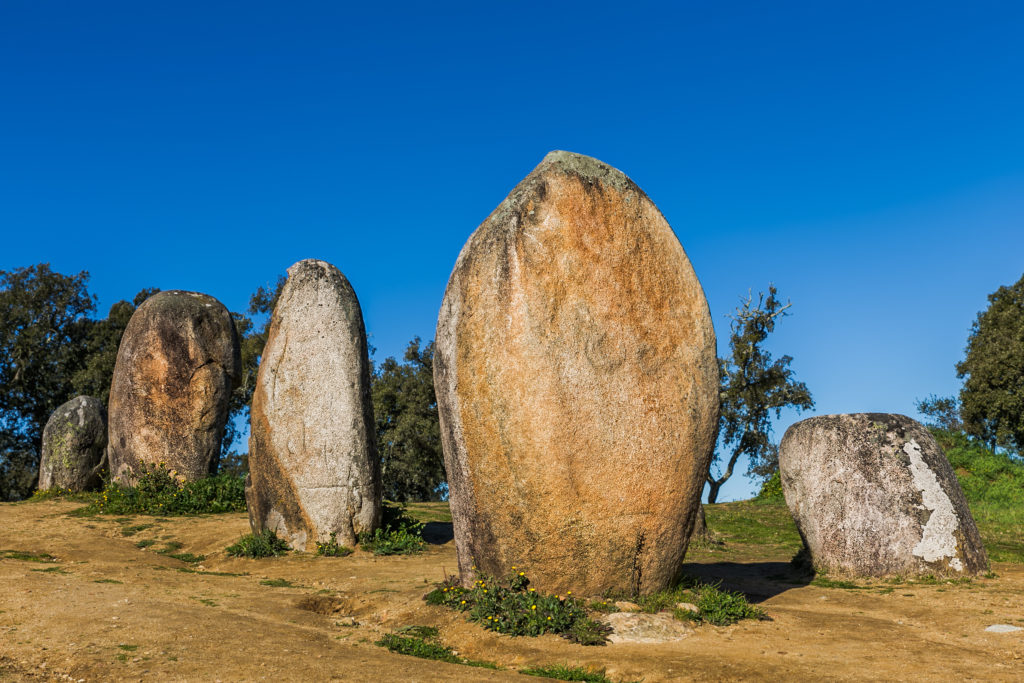
Head west out of Évora to the Almendres Cromlech (Cromeleque dos Almendres), a megalithic complex reputed to be one of the world’s oldest—over 2,000 years older than Stonehenge.
More than 100 standing stones bristle down a hillside. Wander among them at will, take pictures and commune with the ancestral forces. Whenever we’ve visited, the place has been virtually deserted.
Follow the road signs to the site from the small village of Nossa Senhora de Guadalupe.
Not far from the Almendres megaliths is the Almendres Menhir which was erected to mark the sunrise in the summer solstice.
If you don’t have a car and want to see the megaliths, check out this full-day tour from Lisbon:
Roman Sites
The Romans colonized Portugal like they did most of western Europe and left behind a number of impressive ruins.
I visited two of the principal sites—the Roman temple in Évora and the ruins of Conímbriga near Coimbra and the largest of the Roman settlements excavated in Portugal.
Roman Temple in Évora
The evocative remains of the Roman Temple of Évora dominate the main square. Also referred to as the Temple of Diana (Templo de Diana), the temple is believed to have been constructed in the 1st century A.D.
Apparently, there’s scant proof that the temple was erected to honor the goddess of the hunt, and that referring to the temple as the Temple of Diana might be the result of a legend created in the 17th century by a Portuguese priest.
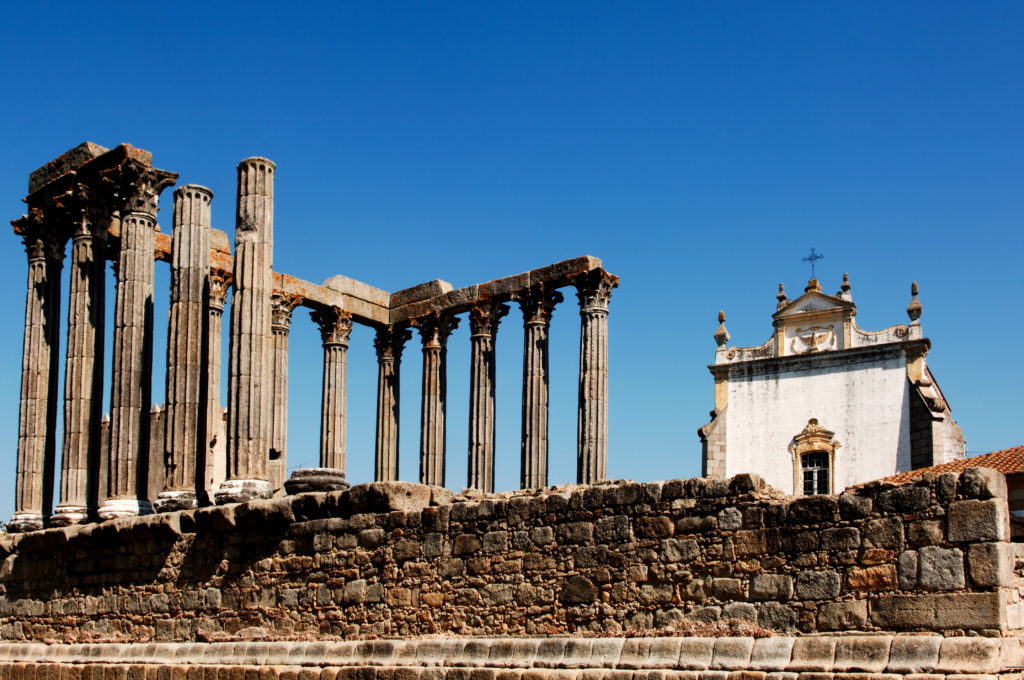
Who knows? You can’t miss the temple when you visit Évora. Hang around until sunset to get some nice shots of the columns against the blue sky of the Alentejo.
Conímbriga
We thoroughly enjoyed our visit to Conímbriga, located about 16 kilometers from Coimbra. Check it out on your way into Coimbra coming from the Alentejo. The highlight of the site is the villas paved with amazing floor mosaics, particularly the Casa dos Repuxos (House of Fountains). We were riveted.
The museum features a scale model of the forum showing how it looked back in the day, along with plenty of objects from the site including mosaics, sculptural fragments, coins, jewelry and everyday household items.
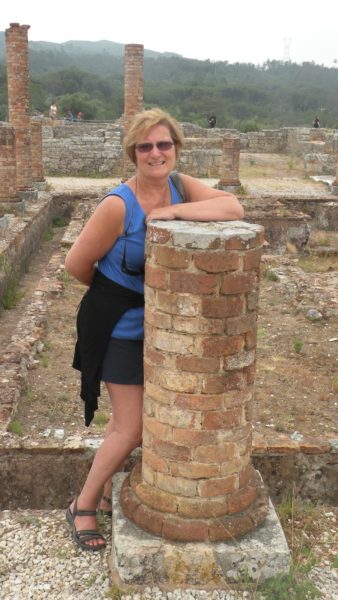
Calouste Gulbenkian Foundation
Artsy Travelers make a beeline for the Museu Calouste Gulbenkian in Lisbon—Portugal’s answer to the Louvre. What a great place with a marvellously eclectic range of artworks from the private collection of oil magnate Calouste Gulbenkian.
You’ll see treasures from the West and the East including Egyptian relics, Chinese porcelain, Western paintings, and room after room of jewelry, furniture, sculptures, and more. Artists include Rubens, Rembrandt, Turner, and Degas along with stunning works by jewelry designer René Lalique.
In addition to the founder’s collection, the Gulbenkian features what is considered the most complete collection of modern and contemporary Portuguese art.
After touring the museum, chill out for awhile in the beautifully landscaped gardens before catching a bus or the metro back to the center of Lisbon.
Here’s on option for getting tickets to the Gulbenkian that includes the Modern Art Museum:
Practical Tips for Travel in Portugal
Communicating in Portugal
English is widely spoken in Portugal as is French. In Portugal, American and British TV shows are broadcast in English with Portuguese subtitles which may account for why more people in Portugal speak English (or so it seemed to me) than do people in Spain.
In Spain, you’ll be hard-pressed to find any TV channels in English except for some very repetitive news channels. Programs not originally broadcast in Spanish are dubbed in Spanish.
In Portugal, people don’t expect tourists to know Portuguese, but you’ll earn more smiles if you at least make an effort.
And it’s probably not wise to speak Spanish as a substitute for Portuguese. In my experience, people would rather speak English or French than Spanish. Although you’ll hear some similarities to Spanish, Portuguese is its own very distinct language.
Here are a few useful words and phrases.
- Sim – Yes
- Não – No
- Obrigado/Obrigada – Thank you. Men say obrigado. Women say obrigada. You’ll probably be okay sticking with obrigado if you prefer not to be gender specific.
- Por favor – Please: the magic word in any language
- Olá – Hello. Use this a lot!
- Não estou entendendo – I don’t understand.
- Você fala inglês? – Do you speak English?
- Bom Dia – Good morning.
- Como você está? – How are you?
- Boa Noite – Good evening.
Eating in Portugal
Fish and pork are two staples in Portugal. The food is generally plain and filling. Accompany it with a few glasses of vinho verde and finish off with a glass (or three) of port wine.
I became quite attached to port on my most recent trip to Portugal when we visited Porto and sampled port across the river in Gaia. Read more in Exploring North and Central Portugal.
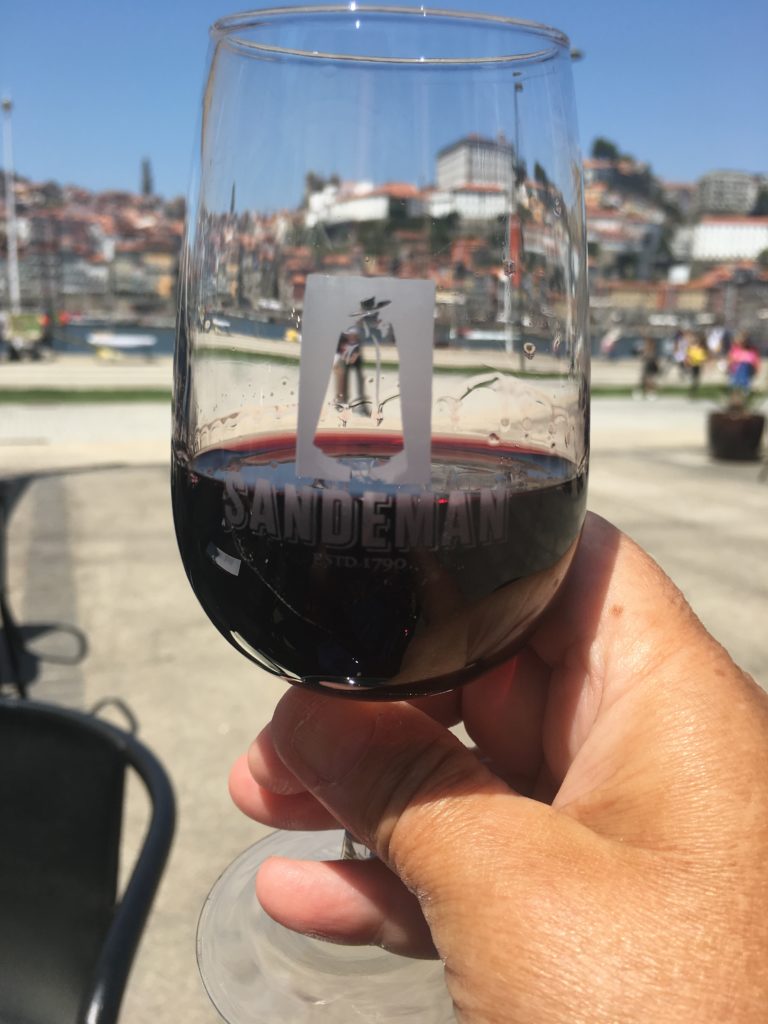
We enjoyed the best food of our travels in the Alentejo region where gourmet restaurants are sprouting up to showcase the local cuisine.
As in Spain, portions in Portugal can be generous. Be careful not to over-order! These days, Gregg and I often order one dish to share. We always have enough food and the servers don’t mind.
Staying in Portugal
We’ve had good luck with our accommodations in Portugal (three trips, so far). Service is excellent, rooms are spacious and comfortable, and rates are reasonable, although Lisbon is expensive.
On average, we pay €100 a night for a comfortable three-star hotel, and about €150 for a similar hotel in Lisbon.
For more information and recommendations about places to stay in Portugal see Where to Stay in Portugal: My Best Picks.
Conclusion
Have You Been to Portugal? Please share your tips and suggestions for travel in Portugal with other artsy travelers in the Comments section below.
Here are some more posts about Portugal:
